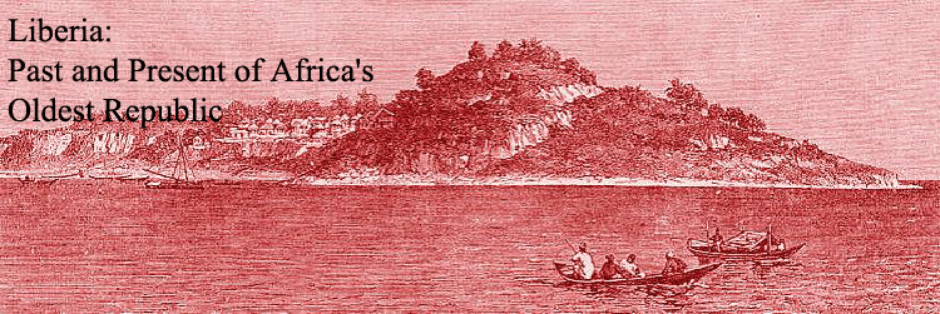Monrovia, Wednesday May 2
To be back in Monrovia after 32 years is a great experience and a strange feeling. Much looks the same, yet is different. The sight of people walking in the streets is not much different from the 1970s when we lived here. Young boys in their ragtag clothes, schoolgirls in their uniforms, market women balancing their trading goods with great skill on their heads, and many, many men to whom I look suspiciously, wondering what they have been doing in the war.
At first sight the biggest difference is the traffic, much busier than before. Taxis are overcrowded all day long, not only during rush hours. It seems that a cab’s capacity is always one person more than one would expect. The numerous 4 WD vehicles are an indication of a bustling ngo-world. Nobody knows how many non-governmental organizations exist in the country, definitely more than one hundred though. Some well-informed observers estimate their number at between 300 and 500. Another remarkable difference with the calm years of the 1970s has to do with the numerous new buildings and construction activities. Monrovia clearly is recovering from the war. Led by Mary Broh, Monrovia’s energetic and ambitious mayoress, the nation’s capital is being cleaned and rebuilt, though much remains to be done.
Already on the first day of my renewed visit to Monrovia I unexpectedly had a chance to visit the campus of the University of Liberia – where I had been teaching economics in the 1970s. Chased by a power failure in our conference room we sought and found a better place at the UL. I was flabbergasted at the sight of the university campus. Many new buildings in addition tot the old buildings which I of course immediately recognized: the Science department building, the Main Building housing the president of the university, and – from far – the College of Business and Public Administration where I had been teaching.
I saw crowds of young people: students. When later that day I met the Dean of the College of Business and Public Administration he told me that there were now at least 24,000 students registered at the university, 9,000 of them were following courses at the Business College. Again I compared: in the 1970s there were 2,000 students at the University of Liberia and some 500 at the College of Business and Public Administration. Also, in the seventies there were only two universities in Liberia: the UL and Cuttington College, as it was then called, in Bong County. Now there are 9 accredited universities, most of them private, and the total number of university students is being estimated at some 45,000!
Despite this spectacular growth in the number of universities, most of the institutions are only universities in name, one Liberian expert told me. Only the University of Liberia and Cuttington University offer a – limited – number of post-graduate courses, the other universities only undergraduate courses. To obtain an MA Liberians students still have to go abroad.
Nowadays huge numbers of students are largely explained by the civil wars (1989-1996; 1998-2003) when life was disrupted and hundreds of thousands of young people were prevented from attending classes in primary and secondary schools. Now, everybody want to catch up. Liberians are eager to learn but conditions are rough. The quality of the educational sytem leaves much to be desired. A recent USAID survey showed that 34% of Liberia’s second graders could not identify a single word! Reading speed of students is low, sometimes half of that of students in Europe and the USA. Improved teacher training is imperative – but where to start?
